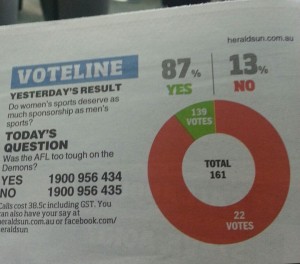Ben Goldacre mentions the current UK discussion over whether Members of Parliament go to prison at a higher rate than people in general. He points out that age, gender, and social class distributions are different for MPs, and suggests someone does an adjustment.
Here’s a preliminary attempt. Firstly, note that the data (and the claims) have been about prevalence rather than incidence — MPs as a fraction of the UK prison population, not as a fraction of sentences. I got prison population data from a Parliament briefing paper, and MPs in prison data from Channel 4’s Factcheck
- I don’t have detailed age data for MPs, though it could certainly be determined, but at least we can restrict from the whole British population to adults (51 million)
- The UK adult population is very close to 50:50 on gender, 502/648 MPs are male, 63318 out of 66818 (adult) prisoners
So, 0.79% of male MPs were in prison, compared to 0.24% of adult males in the UK. No female MPs, compared to 0.01% for the female population. Gender-standardised, that’s a relative rate of 3.0
The other important variable is social class. The briefing paper on the prison population says that `almost three-quarters’ of prisoners were on benefits immediately before entry, and Factcheck says 5.5 million people in Britain are on benefits (and presumably MPs aren’t). I don’t have data on how this varies by gender, either for prisoners or for the population, so I’ll do it separately from the gender standardisation
We have 0.61% of MPs (not on benefits) in prison, and one-quarter of 68818 prisoners out of (51 million – 5.5 million) people not on benefits in prison, which comes to 0.037%, for a relative rate of 16.
So, among adults not on benefits, (people who would otherwise be) MPs are 16 times more likely to be in prison.
